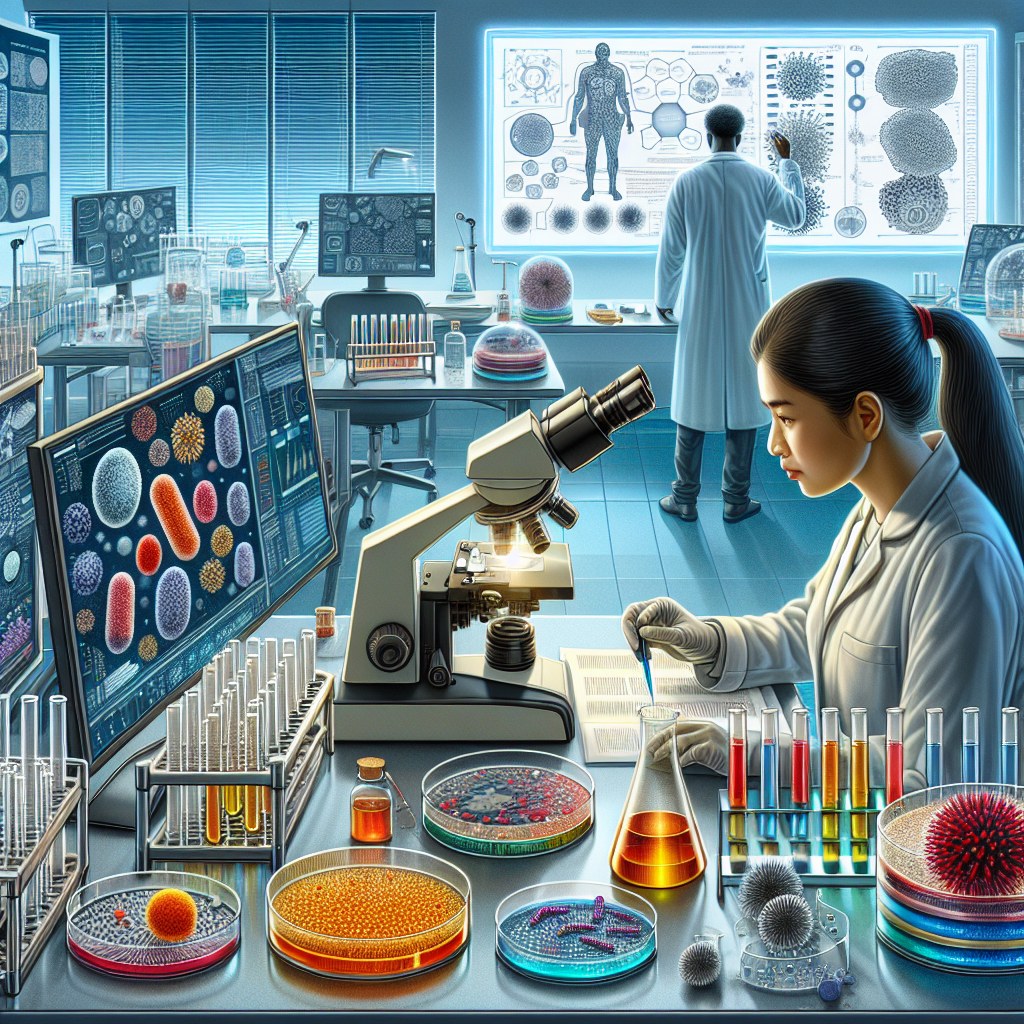Scientists are making groundbreaking strides in the development of artificial enzymes, known as “nanozymes,” to transform biomaterials for use in medicinal and biomedical applications. Unlike natural enzymes, which have long been used to catalyze protein modifications, nanozymes are synthetic enzymes that mimic the behaviour of natural catalysts, opening up new possibilities for enhancing proteins' functionality.
Researchers from the CSIR-Central Leather Research Institute (CLRI), in collaboration with the Department of Science and Technology's INSPIRE Faculty Fellowship and WISE Kiran Fellowship, are pioneering studies on the roles nanozymes play in biological systems, particularly their interaction with complex proteins.
In a recent study published in Chemical Science, a journal of the Royal Society of Chemistry, Dr. Amit Vernekar and his team demonstrated that manganese-based oxidase nanozyme (MnN) could facilitate the covalent crosslinking of collagen—a key structural protein found in various biological tissues. The researchers used only a trace amount of tannic acid under mild conditions to trigger the process, achieving 100% resistance to collagenase degradation, a major hurdle in collagen-based biomaterials' longevity. The crosslinking process preserves the structural integrity of collagen, particularly its triple-helical structure, ensuring the biomaterial remains robust and durable for extended use in biomedical applications.
This breakthrough is a step forward in solving the longstanding challenge of maintaining the stability of collagen materials, which are often degraded by collagenase, a natural enzyme that breaks down collagen. By improving the resistance of collagen to enzymatic degradation, the research paves the way for more durable and effective collagen-based therapeutic materials, such as wound dressings, implants, and tissue engineering scaffolds.
Challenges in Nanozyme Selectivity and Efficiency
In another aspect of their research, the team explored a new method for improving nanozyme efficiency by designing a bis-(μ-oxo) di-copper active site within metal-organic frameworks (MOF-808). This setup mimics the enzyme binding pockets found in natural enzymes and is designed to address ongoing challenges in nanozyme selectivity, specificity, and efficiency.
Their findings, also published in Chemical Science, illustrate that while the catalyst-by-design strategy helps control substrate dynamics and reactivity, it faced challenges in maintaining oxidase selectivity when larger proteins, such as cytochrome c, attempted to access the active site. The pore size of the MOF-808 material restricted access to larger substrates, highlighting the importance of balancing size, reactivity, and selectivity in the design of next-generation nanozymes.
This experiment exemplifies the complexities involved in the design of artificial enzymes, especially when scaling up from small molecules to larger biological molecules, such as proteins. The results underscore the need for precision in designing artificial enzymes that can selectively target specific substrates without compromising their efficiency.
Expanding the Scope of Nanozyme Applications
The research extends the functional capabilities of nanozymes, shifting the focus from small molecule substrates to complex biological molecules like collagen. This expansion is essential for advancing biomaterials that can be used in therapeutic contexts, such as drug delivery, tissue regeneration, and regenerative medicine.
The novel approach taken by the researchers not only provides a new framework for nanozyme interactions with structural proteins but also offers valuable insights into the design principles for future artificial enzymes. Their work is a significant step toward developing highly selective, efficient, and stable artificial enzymes that can be used to create advanced biomaterials for medical applications, addressing critical needs in healthcare and biotechnology.
Future Outlook: Precision Design for Therapeutic Innovation
The dual approach of enhancing collagen stability while addressing selectivity challenges opens up numerous possibilities for the future of nanozyme technology. The researchers aim to establish guidelines for the development of next-generation artificial enzymes that can play an integral role in biomedical applications, offering significant improvements in the performance of biomaterials used in medical devices, diagnostics, and therapies.
As nanozymes continue to evolve, their ability to facilitate precise modifications of proteins and other biomolecules will be critical for creating more effective, personalized treatments in medicine, making this area of research a promising frontier in the pursuit of advanced therapeutic solutions.











